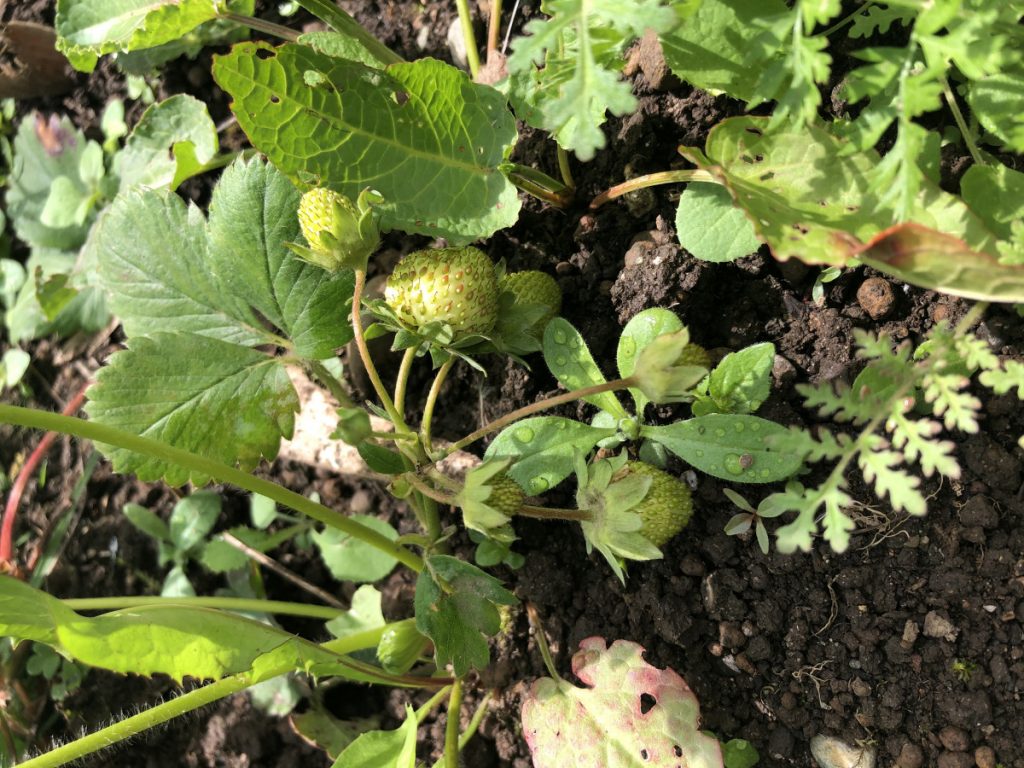8a. Natural history research
Notable native bees of other parts of North America
Squash bees (tribe Eucerini; genera Peponapis and Xenoglossa)
- Nearly as essential to squash as squash is to them (Moisset, 2010)
Cellophane bees (family Colletidae)
- Line their nests with secretions like cellophane wrap (Moisset, 2010)
Cuckoo bees (Apidae subfamily Nomadinae)
- A completely parasitic group of bees (Moisset, 2010)
Small carpenter bees (Ceratina)
- Nectar-robbers (Embry 2018)
Unusual American bees
Arctic bumble bee (Bombus polaris)
- It’s able to regulate its body temperature much better than most bees, and is one of two Bombus bee species north of the Arctic circle (the other being it’s parasite) (Heinrich 1940).
Extinct Apis nearctica
- A fossil of this species was found in Nevada, the only pre-colombian American bee of the genus Apis (Embry 2018)
Melipona spp.
- A group of stingless bees which make honey, though about 1/20 of that which Apis mellifera produces. Melipona beecheii was managed by Mayan people. (Embry 2018)
8b. Assessment and improvements
On Monday 5/17 Beth gave me a tour of the farm to answer questions I had related to assessing the pollinator habitat. I also offered to replace the tubes in the mason bee house, as they are super old. I’ll have to figure out how to replace them without disturbing any existing nests.
Bee built says to use either paper tubes, breathable naturally occurring reeds, corrugated wood slats or cardboard. Use a variety of sizes. The best way to manage them is to harvest and clean the cocoons (in water) in the fall after larvae have grown into adults and cocooned themselves, and then store them in a fridge until spring temperatures reach 50. At that point you can place them outside (in any container under shelter like an awning) and wait for them to emerge.
Tuesday 5/18. Weeding, transplanting, accompanied by a cute red bird who enjoyed the worms I was exposing.


Thursday 5/20. More weeding, more transplanting, a little time helping with the Caleb-led project, and got bamboo sticks from Ashley.

8c. Film and media
I’ve now read most of “Our Native Bees” by Paige Embry. The book is packed with west-coast focused information about native bees and agriculture with personal anecdotes mixed in. I wish I had found it sooner. It has a similar tone and journalistic style to Michael Pollan. In the first half of the book the author discusses the importance of native bees in agriculture and introduces some west coast pollinators, and then discusses the threats facing these bees and the role of farmers and gardeners in conservation.
Here’s some awesome entomologists and bee enthusiasts on TikTok that I wanted to share:
Bees and fire
I listened to OSU’s PolliNation podcast episode 160 with Jim Cane: Bees and fire to learn more about a topic touched on in Paige Embry’s Our Native Bees. The guest, Jim Cane, former USDA bee lab scientist, shared a california-focused perspective on the effects of fire on native bees. The answer is much more complicated than you might expect. Stem-nesting bees and late-season fliers are likely affected the most by fire. Ground nesting bees seem to be unaffected, even those which nest very close to the surface. Jim thinks this is likely because most bees nest in burrows or holes in early succession habitat where heat isn’t trapped by dense vegetation. In addition, most bees are nested by late summer/fall when wildfires happen.
“Frank points to an Andrena mining bee sitting quietly on the blackened earth. He explains that she’s sitting there because, unlike a bumble bee queen, she can’t control her internal temperature and with her small size she loses heat fast.”
Paige Embry, Our Native Bees
Things like huckleberry and other shrubs, which don’t bloom densely when shaded, actually benefit from fires every decade. Fires can even maintain meadows that provide high quality habitat to bees and other wildlife. They discuss this in minutes 18:30-21:00.
There is still much research needed on this topic.
8f. Special events
Visited the food and ag path party
8g. Cooking
To celebrate Palestinian people I wanted to cook something. I googled recipes and recognized many of them as meals I’ve eaten when visiting family in Israel. It was interesting to take a second glance at these foods within a political context. As a child I thought that Israel had been there forever, because my step-grandparents made a point of showing us all the old structures that they said were built by their ancestors. In hindsight I think I remember tension on the topic between my young step-mother and her parents. Afterwards we would go to a Palestinian restaurant. The irony.
Fukharit’adas (lentil soup)

Awameh or lokma (honey donuts)
8h.
- Moisset, B. (2010, November 26). Native bees of north america. BugGuide. Retrieved May 20, 2021, from URL
- Embry, Paige. (2018). Our native bees: North America’s endangered pollinators and the fight to save them. Portland, OR. Timber press
- Heinrich, Bernd. (1940). Bumble bee economics. Cambridge, MA. Harvard University Press

